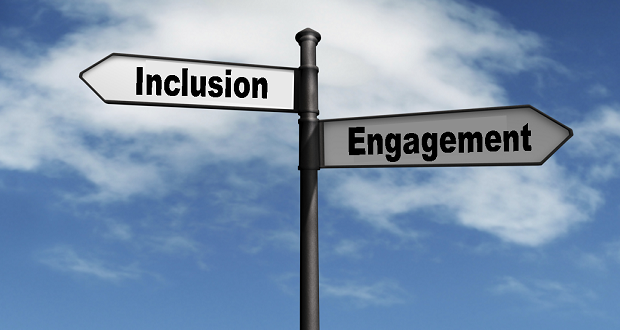
“It was the best of times, it was the worst of times, it was the age of wisdom, it was the age of foolishness…” Recently, as I’ve followed various news stories featured during Black History Month, I have felt like I’m living these lines from Charles Dickens’ book “A Tale of Two Cities.”
Black History Month is a time for celebration, a time to recognize the accomplishments and contributions of Black Americans to U.S. History. President Gerald Ford officially recognized Black History Month in 1976, although its origin dates back to 1915, initiated by Black historian Carter G. Woodson.
This February and beyond, I look forward to reading articles that enhance my knowledge of the contributions made by African American individuals who helped build this nation — stories that were not conveyed in my primary school education in the Midwest (which didn’t go much beyond familiar characters like Harriet Tubman and George Washington Carver.)
Needless to say, I was first dismayed, then outraged, when I read about Barnes and Noble’s “Diverse Editions” project. The intent vs. impact of the Diverse Editions project is a classic example of seemingly good intentions having a negative and caustic impact. In this case, the intent was to release limited edition cover art for classic novels — such as Romeo & Juliet, Peter Pan, and Moby Dick — that feature people of color. This was an effort to represent historically marginalized communities. Yet, as many critics recognized, the Diverse Editions series included only one book by an author of color — and superficial attempts to “diversify” artwork without recognizing and including authors of color did not land well. (It would seem the publishers and booksellers somehow managed to miss the regular stories about blackface popping up in the news). The Diverse Editions project was cancelled, and the books were pulled from shelves.
As I was still taking in the initial evasiveness of Barnes & Noble’s response to the outcry, I came across another article about a retailer who is getting things right in the diversity and inclusion arena: Target. Using information directly pulled from Target’s corporate website, the article outlines “Black Beyond Measure: How Black History Month Comes to Life at Target.” In its fifth year now, Target’s successful approach to showcasing Black History Month is fueled by its African American Business Council, 1,000+ team members strong. Target is in touch with the communities they serve, and they have been listening to their guests and team members. As such, these people’s experience — whether as consumer, employee, or entrepreneur — is reflected in Target’s products and initiatives; they have put in the effort to know and understand their audiences.
Target’s successful approach to showcasing Black History Month is fueled by its African American Business Council, 1,000+ team members strong. Target is in touch with the communities they serve, and they have been listening to… Click To TweetPerhaps if Barnes & Noble had done a few focus groups to engage their intended audience before the Diverse Editions project got underway, they may have gone a different, more appropriate route and showcased the wonderful literary works of Black authors, such as Toni Morrison, Maya Angelou, James Baldwin, W.E.B. Du Bois, Alex Haley, and Richard Wright (and The Winters Group’s very own Mary-Frances Winters!) in celebration of Black History Month.
If Barnes & Noble had done a few focus groups to engage their intended audience before the Diverse Editions project got underway, they may have gone a different, more appropriate route and showcased the wonderful literary works… Click To Tweet

















